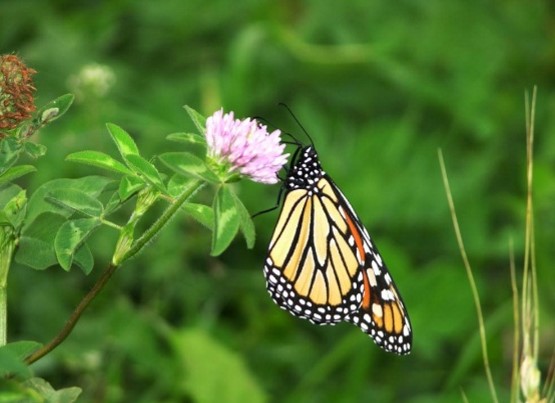Integrated pest management (IPM) is an approach to weed, insect and disease management that uses all available control strategies to manage pest populations, keeping them below economic thresholds. This results in a cropping system that is more resilient to failures since it does not exclusively rely on the use of pesticides to control pests. For example, integrated weed management strategies include field scouting, tillage and nutrient management practices, crop rotations and cover crops and herbicides rotated to avoid weed resistance.
Ongoing monitoring of fields and crops, throughout the growing season, and beyond allows a farmer to observe issues and apply remediation in a timely manner to minimize any negative economic impact, while improving field operation efficiencies. Some problems can not be addressed when observed, but the information can still be recorded for future use.
While traditionally field scouting has been solely associated with pest monitoring and management, it has many other benefits including:
- pre-planting field walks that identify drainage issues.
- post-planting field walks to look at equipment performance (i.e. planter delivering desired population, depth, placement across the entire unit).
- nutrient management issues (specific areas with pH issues or specific nutrient deficiency symptoms).
- crop variety selection or evaluation of in-field comparisons of variety performance.
Record keeping is an important part of farm management. It is a process of documenting observations and details of agricultural operations, including planting dates, inputs used, yields, and costs of production and financial performance. Recorded information helps gain insight into current crop (field and farm) performance to help make well-informed decisions.
References
1. Brundtland, Dr. G., Director General of the World Health Organization. 1987. Brundtland Report – definition of sustainability. The Brundtland Report
2. Deen, Dr W. University of Guelph. 2017 Economic Justification for Including Wheat in a Corn-Soybean Rotation
